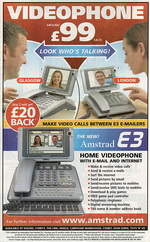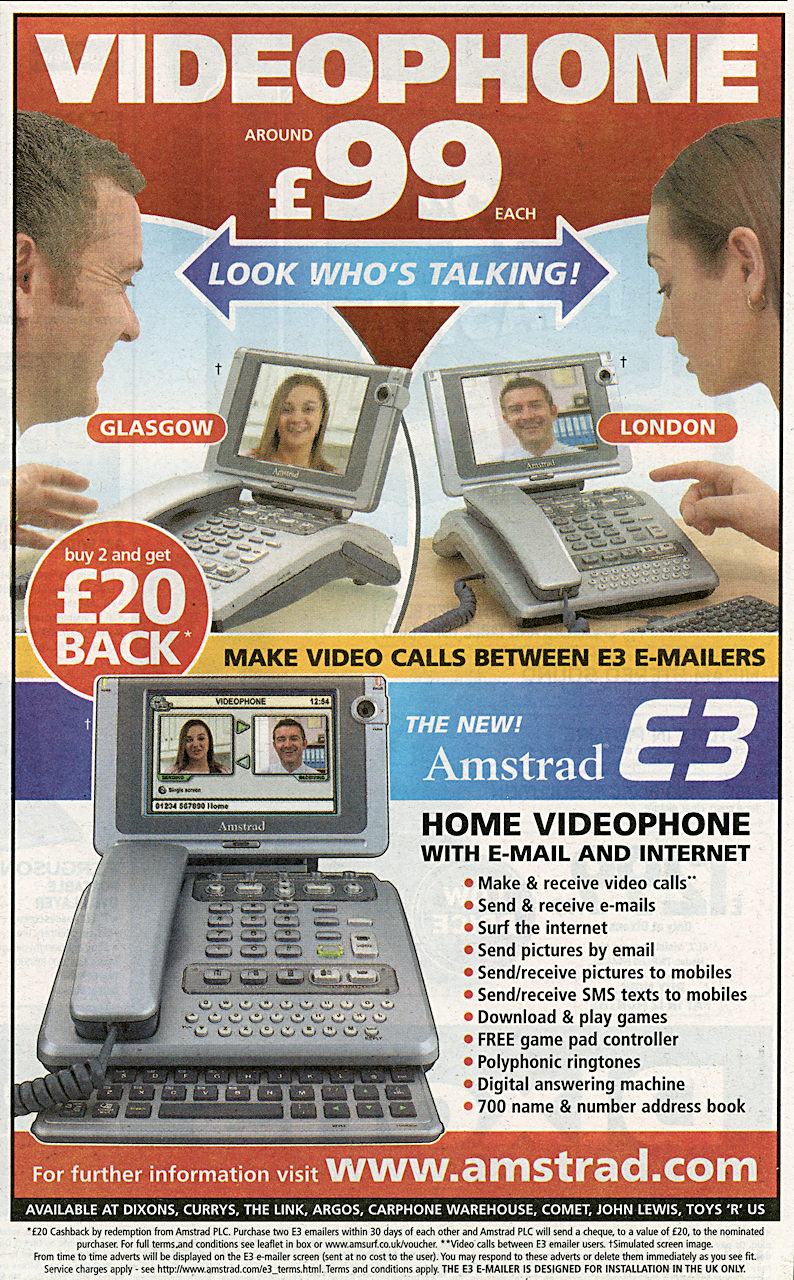Software Reviews
Drive Image 2.0 by PowerQuest
Reviewed by Laurence Fenn
Drive Image, is a DOS based backup program that can create images of your partitions or entire hard drive. These can be stored on a second hard drive or a Jaz, Zip or SyQuest drive. Once an image is created you can restore it to another hard drive or just restore files from within the image itself.
The system requirements are : Windows 95, Windows 3.x, NT, DOS or OS/2, Intel/386 SX compatible or higher, 8Mb RAM (16Mb for FAT32 or NTFS), CD-ROM drive, floppy drive, 5Mb hard disc space, VGA or higher video support. The main program can be run without a mouse, but it is designed to look like a Windows application, and automatically supports one if connected.
After installation you have a DOS shortcut to Drive Image, Drive Mapper, and Image Editor, plus the usual links to help and web sites. Running the main program closes Windows and starts the program in DOS, with the appropriate drivers loaded for external drives (such a an Iomega Zip in my case). There are two sections to the program, the three buttons relating to images, and the tools drop down menu. The tools include:
- Display Drive Information - details all the partition information, with drive letters, space allocated, space used, etc.
- Create Extended Partition - if an image is to be restored to a drive as an addition drive letter, this will create the extended partition and add the drive letter before you restore.
- Delete Partition - if you have backed up a particular drive and wish to delete the data (in preparation to resizing a hard drive), you can choose this option.
- Hide/Unhide Partition - Once the data has been backed up, you might want to hide the partition to prevent unauthorised use.
- Set Active Partition - If you have different operating systems on particular drives, you have to set one to be active, so that your PC can boot up from it.
If you only intended to back up your data, you may never use these options.
Then there are the three main buttons that run through the wizards:
Create Image - I ran through the wizard to backup one of my drives. First, you select the physical drive from a list (if you have more than one hard disc drive). Then you select the source partition, or partitions. Then you select a name for the image, using the browse button to point to a particular drive/directory if required. You can then select to compress the image data, with three settings of none, low (40%), or high (50%). Apart from the difference in the size of the final image, the time it takes to create it will increase with the high compression settings. Finally you can verify the options with an on screen summary. From here you can also set some advanced options of check for file system errors (if you have not run scandisk on the drive beforehand), disable smart sector copying (to speed up the process, only sectors that contain data are copied. If you want to make an exact copy including empty spaces, you can disable this feature), verify disk writes, password protect file (enter and confirm a password for the image file), split information in multiples files of a particular size (if you are backing up large hard drives, you can split the image to fit onto CDR - 640Mb or Zip - 100Mb by setting a size limit. As most CD-R software does not run in DOS, you have to create files and store them on your hard disc to copy onto a CDR from within Windows. Using high compression I created an image of one of my drives which was 1913.9Mb, but only 269.7Mb used, in one minute and 20 seconds.
Restore Image - Runs through a similar wizard where you pick the image file, and where you want to restore it to, and enter the password if required. If the partition you are restoring to is smaller than the one that was backup, the program can resize the data accordingly.
Disk To Disk - This wizard will copy from one hard to another on the same computer. If you upgraded your PC with a larger and faster hard drive, you would install it as a second drive as a slave. You could then use this wizard to copy your system to the new drive and then swap them around.
The two other programs run in Windows:
Drive Mapper - if you have created a new partition, then your drive letters will change. This program will change the references to the drive letters, and is also included with Partition Magic.
Drive Image Editor - With this program you can load an image file and once an index is created (which can be saved as a separate file or just used temporarily) you can select files to be restored from the image, and placed on a drive of your choice. You cannot select files to backup in the first place, unless you designate a whole drive for them.
The manual is 130 pages long, and gives plenty of details on the wizards, with sample scenarios. It guides you through backing up onto zip drives, and how to restore from them, as well as copying/restoring from CDR. An obvious use for the program would be to create an image of a PC and copy that onto other workstations in a network or business environment. Unfortunately you would need the professional version of the program to do this, which includes the relevant licence to do so and costs considerably more (quoted as $695 on the web site). There are two updates available on the web site, taking the version up to 2.02, which are 1.29Mb and 774k respectively. No details are given on the web site as to what the updates are, but as there was a slip of paper in the original version saying that there was a problem with restoring individual files from a spanned image set and that a fix was being prepared, I presume this was included in the update. Overall I found the program easy to use, and with the Windows styling and detailed help files, less experienced users should have no problems using it.
Review first appeared in ROM Newsletter of the Guildford PC User Group in September 1999 (Vol.9,No.9)
Back
